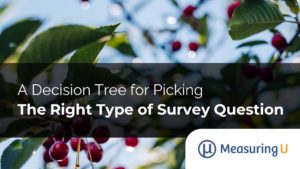
Does Thinking Aloud Reduce the Evaluator Effect?
In Think Aloud (TA) testing, participants speak their thoughts while attempting tasks. The process is meant to help researchers identify usability problems and potential fixes. Indeed, in an earlier analysis, we found an increase in problem discovery. Our evaluation of 153 videos, split between TA and non-TA, revealed that evaluators uncovered 36–50% more problems with



